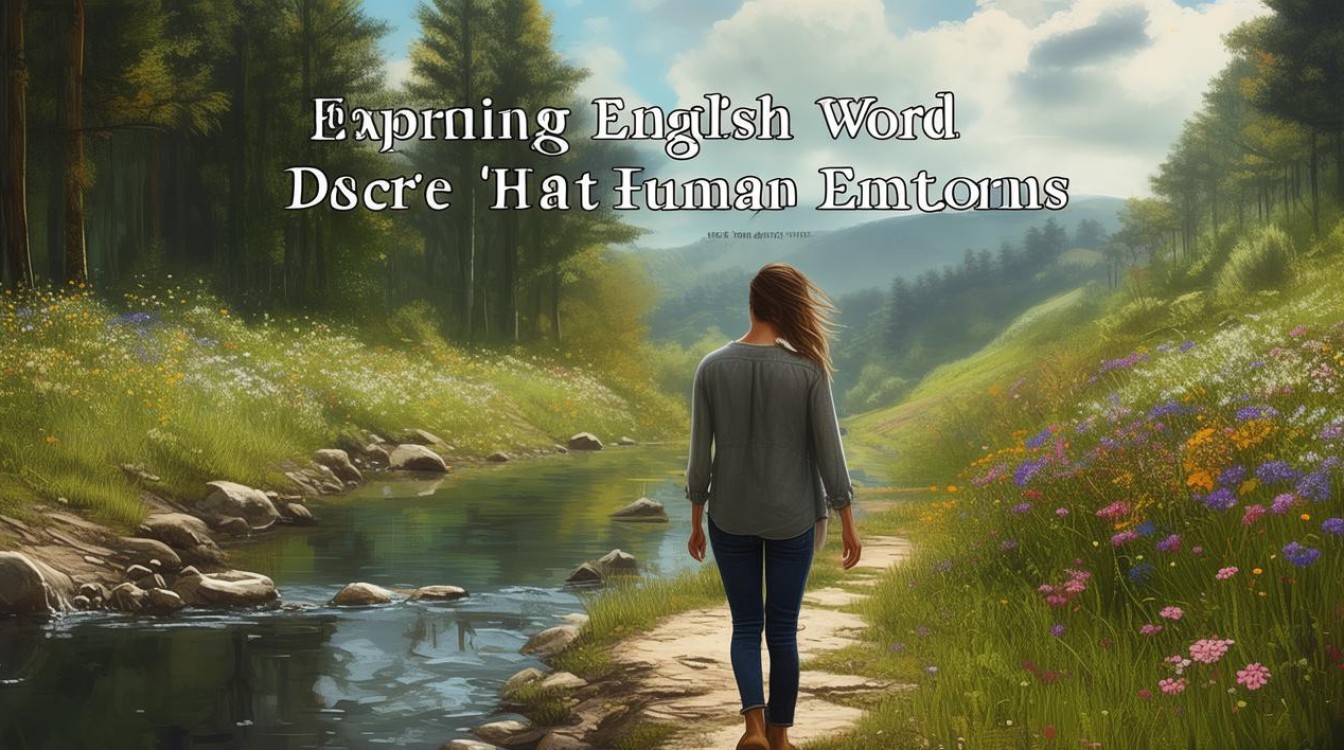Understanding emotions is essential for effective communication, and the English language offers a rich vocabulary to express various feelings. Whether you're learning English or simply looking to expand your emotional lexicon, this guide explores words that describe different moods, from joy to sorrow, excitement to calmness.

Positive Emotions
Happiness and joy are universal emotions, but English provides nuanced terms to capture subtle differences:
- Bliss – Extreme happiness, often linked to contentment.
- Euphoria – Intense excitement or pleasure, sometimes temporary.
- Delight – A strong feeling of pleasure, often sudden.
- Serenity – Peaceful calmness, free from stress.
- Gratitude – A deep appreciation for kindness received.
These words help articulate moments of positivity with precision. For example, while "happy" is a general term, "euphoria" suggests a more overwhelming sensation.
Negative Emotions
Life isn’t always cheerful, and English has equally expressive words for difficult feelings:
- Melancholy – A lingering sadness, often poetic.
- Despair – Complete hopelessness.
- Anguish – Severe emotional pain.
- Frustration – Annoyance due to unmet expectations.
- Dread – Fear of something impending.
Using specific terms like "melancholy" instead of just "sad" adds depth to descriptions, making conversations and writing more vivid.
Complex and Mixed Emotions
Some feelings don’t fit neatly into positive or negative categories:

- Nostalgia – Bittersweet longing for the past.
- Ambivalence – Mixed or conflicting emotions about something.
- Awe – A mix of fear and wonder.
- Resignation – Passive acceptance of an unpleasant situation.
These words capture the complexity of human experience, allowing for more accurate self-expression.
Energizing Emotions
Certain emotions are tied to energy and motivation:
- Excitement – Eager anticipation.
- Zeal – Enthusiastic devotion to a cause.
- Vibrancy – Lively, spirited energy.
Such terms are useful when describing enthusiasm for new projects or passions.
Calming Emotions
Not all emotions are intense—some relate to peace and relaxation:
- Tranquility – A state of calm and quiet.
- Composure – Maintained self-control under pressure.
- Contentment – Satisfied ease.
These words are ideal for describing moments of quiet happiness or stability.

Emotional Intensity
English also offers ways to express the strength of a feeling:
- Ecstasy vs. Pleasure – The first implies overwhelming joy, while the second is milder.
- Rage vs. Annoyance – Both describe anger, but at different levels.
Choosing the right word ensures clarity in communication.
Cultural and Contextual Nuances
Some emotion words carry cultural connotations. For example:
- Schadenfreude (German origin) – Pleasure from another’s misfortune.
- Saudade (Portuguese) – Deep emotional longing.
These terms may not have direct English equivalents but are useful in specific contexts.
Practical Applications
Expanding emotional vocabulary improves writing, therapy, and daily conversations. For instance:

- Writers can create more relatable characters.
- Speakers can articulate feelings more precisely.
- Learners can better understand English media.
Emotions shape human interaction, and having the right words empowers clearer expression.
Language is a powerful tool for connection, and mastering emotional vocabulary enhances both personal and professional communication. Whether describing fleeting moods or deep-seated feelings, the right word makes all the difference.


